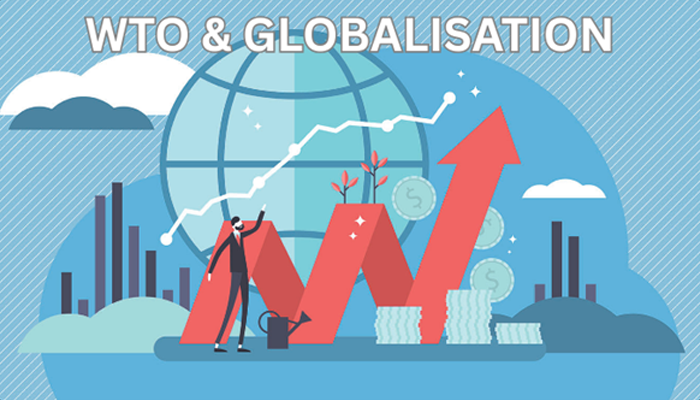Year Ender 2024: From Bull to Bear- Analyzing the Year's Financial Market Movements
- Devyani
- 1 year ago
- 3 minutes read

As 2024 concludes, the global financial markets present a complex narrative of resilience and volatility. The year was marked by shifting monetary policies, geopolitical tensions, and significant economic transformations, each shaping the trajectory of the markets.
Here's a detailed analysis of the key trends and events that defined the year.
Global Monetary Policy and Inflation Dynamics

The year began with central banks prioritizing inflation control. The Federal Reserve and European Central Bank (ECB) maintained tight monetary policies, keeping interest rates elevated to combat persistent inflation. However, as inflation gradually eased toward targets in the second half, the narrative shifted. By Q3, rate cuts emerged as a possibility, signaling the end of the aggressive tightening cycle. These changes fueled optimism in equity and bond markets, particularly in developed economies like the U.S. and the Eurozone.
Equity Market Performance: A Tale of Two Halves

The global equity markets experienced mixed fortunes:
H1 2024
Markets showed subdued performance due to high borrowing costs and cautious investor sentiment. Volatility indices like VIX remained elevated amid geopolitical uncertainties.
H2 2024
Optimism returned with the prospect of monetary easing. U.S. indices, led by technology and artificial intelligence (AI) stocks, rebounded sharply. The NASDAQ saw gains as AI-driven firms captured investor attention. However, concentrated market gains raised concerns about potential asset bubbles.
Fixed Income and Bonds

The bond markets offered investors attractive opportunities throughout 2024. Elevated yields on high-quality bonds in early 2024 made them a preferred asset class. As inflation softened, long-duration bonds gained favor, reflecting expectations of falling interest rates. Emerging markets, particularly in Latin America and Asia, drew attention with stable economic outlooks and robust corporate bond performance【27】【28】.
Commodities: A Rollercoaster Ride

Commodities witnessed significant price fluctuations:
Energy
Crude oil prices surged in the first quarter, driven by supply constraints. However, prices later stabilized as demand normalized and geopolitical risks eased.
Metals
Copper, a bellwether for economic health, saw steady demand due to continued investments in green energy infrastructure.
Geopolitical Tensions and Market Volatility

Geopolitical uncertainties, including conflicts in Eastern Europe and trade disputes, added a layer of unpredictability to markets. These tensions occasionally disrupted risk assets, highlighting the fragility of global sentiment.
Technology and the Rise of AI

The dominance of AI-focused firms continued to shape market dynamics. Companies leveraging AI for innovation witnessed exponential growth, contributing significantly to U.S. market indices. However, concerns over valuations and over-concentration in a handful of firms led to debates about sustainability【28】.
Challenges in Emerging Markets

Emerging economies faced headwinds from a strong U.S. dollar and capital outflows in the first half. Nevertheless, policy reforms and resilient domestic demand helped many countries recover, making them attractive destinations for investments in the latter part of the year.












